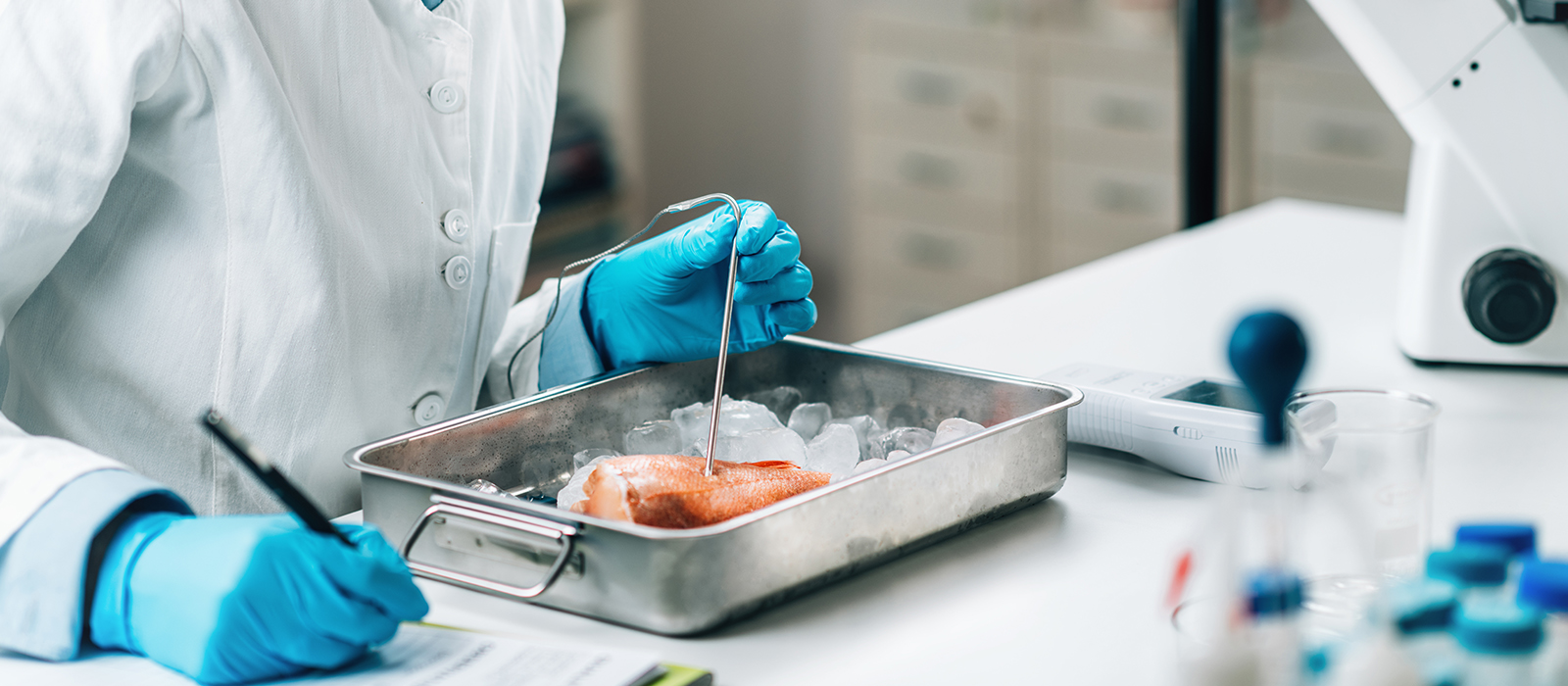Food Analysis 101: Effective Techniques Lab Analysts Use
Food analysis is an analytical testing method crucial for many applications. It ensures food safety and nutritional content and pushes boundaries in research and development, among others. But did you know that there are several techniques scientists and researchers use to test food?
We listed some of the most commonly used techniques in food analysis labs that benefit nutritionists, researchers, and manufacturers in the food and beverage industry.

Mass Spectrometry

Mass spectrometry is the gold standard for analyzing food samples, including complex, raw, and finished products. It effectively evaluates nutritional value and profiles proteins, lipids, carbohydrates, vitamins, and nutraceutical active compounds. It also detects food contaminants, including pathogens, pesticides, and organic pollutants.
Lab analysts determine the most suitable mass spectrometer for the test based on the type of mass analyzer and source used. They pair this technique with gas or liquid chromatography, infrared spectroscopy, and capillary electrophoresis for better results.
Gas Chromatography

Gas chromatography is an analytical method used for separating and detecting chemical components of a sample inside a chromatography column. In the food and beverage sector, this technique helps manufacturers ensure the ingredients they use in their products contain no harmful substances and meet government standards.
Food manufacturers depend on this testing process to accurately assess the nutritional value of their ingredients and products. It enables them to confirm the claims printed on their packaging. More importantly, It helps them scrutinize their competitors’ products, identify new suppliers, and guarantee the purity and concentration of alcoholic beverages.
Nuclear Magnetic Resonance Spectroscopy

In contrast to mass spectroscopy and gas chromatography, NMR spectroscopy analyzes complex food samples using a magnetic field, typically sourced from hydrogen, deuterium, carbon-13, and phosphorus-31. Its remarkable versatility and high reproducibility render this non-destructive method indispensable in detecting food forgery, such as counterfeit honey.
Fraudulent products tend to infest the honey market; some are mislabeled, adulterated, and counterfeited. NMR technology empowers manufacturers to assess the purity of a supplier’s honey, distinguishing between genuine honey and blends containing sugar syrup, water, or other additives. It also determines the origin of production, type (pure, organic, or local), and genuineness.
Polymerase Chain Reaction

PCR testing gained widespread recognition during the COVID-19 pandemic. Yet, its application in microbiological testing predates its role in the pandemic and has been integral in the food industry for quite some time.
This analytical testing method possesses characteristics that make it ideal for food analysis. It is reliable, sensitive, efficient, and specific. It can detect genetically modified and pathogenic organisms and identify allergens. It can also distinguish animal species by analyzing meat products and help prevent food fraud.
Need Lab Supplies and Equipment For Food Analysis?
TLD offers an extensive range of top-quality products from well-trusted brands. We feature cutting-edge instruments and essential consumables that ensure precise and consistent results in various applications, including food analysis. Find the food and beverage products you need for your lab at wallet-friendly prices.
Sources:
https://www.ifst.org/resources/information-statements/chemical-analysis-key-considerations
https://www.azom.com/article.aspx?ArticleID=18331
https://www.newfoodmagazine.com/article/15692/mass-spectrometry-determining-food-contamination/
https://www.routledge.com/Mass-Spectrometry-in-Food-Analysis/Nollet-Winkler/p/book/9780367548797
https://baliseafoodlab.com/pcr-for-food-industry/
https://supplychain.edf.org/resources/testing-for-heavy-metals-in-food-and-food-ingredients/
https://supplychain.edf.org/resources/heavy-metals-testing-recommendations/

